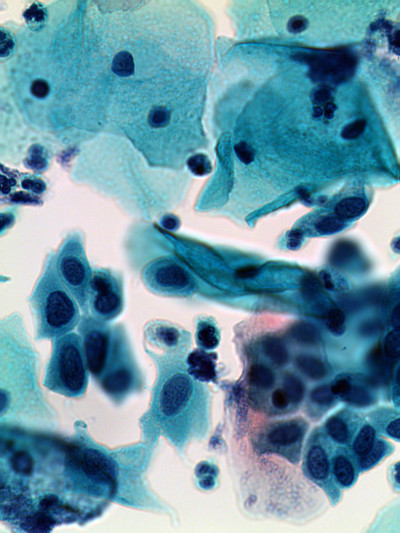Laboratory Services
West Nile Virus Antibody, IgG and IgM, Serum
Print this pageUpdated Test Information:
| Test Description |
West Nile Virus Antibody, IgG and IgM, Serum
|
|
|---|---|---|
| Synonym(s) |
Arbovirus, Flavivirus, Mosquito borne encephalitis, Viral encephalitis, West Nile virus (WNV) |
|
| Test ID |
WNS
|
|
| Performing Lab |
Mayo |
|
| General Information |
Laboratory diagnosis of infection with West Nile virus in serum specimens HIGHLIGHTS |
|
| Container Type |
Preferred: SST |
|
| Specimen Type |
Serum |
|
| Specimen Requirements |
0.5 mL |
|
| Specimen Collection / Processing Instructions |
SST: Centrifuge within 2 hours of collection. |
|
| Minimum Sample Volume |
0.4mL |
|
| Stability |
Refrigerated (preferred): 14 Days, Frozen: 14 Days |
|
| Unacceptable Specimen Conditions |
Gross hemolysis, Gross lipemia, Gross icterus, Heat Inactivated specimen |
|
| Methodology |
Enzyme-Linked Immunosorbent Assay (ELISA) IgG: Polystyrene microwells are coated with recombinant West Nile virus (WNV) antigen. Diluted serum specimens and controls are incubated in the wells to allow specific antibody present in the specimens to react with the antigen. Nonspecific reactants are removed by washing, and peroxidase-conjugated antihuman IgG is added and reacts with specific IgG. Excess conjugate is removed by washing. Enzyme substrate and chromogen are added, and the color is allowed to develop. After adding the stop reagent, the resultant color change is quantified by a spectrophotometric reading of optical density (OD). Specimen OD readings are compared with reference cutoff readings to determine results.(Package insert: Flavivirus [West Nile] ELISA IgG. Focus Technologies;10/16/2012) IgM: Polystyrene microwells are coated with the antihuman antibody specific for IgM (u-chain). Diluted serum specimens and controls are incubated in the wells, and IgM present in the specimen binds to the antihuman antibody (IgM specific) in the wells. Nonspecific reactants are removed by washing. WNV antigen is then added to the wells and incubated. If anti-WNV IgM is present in the specimen, the WNV antigen binds to the anti-WNV in the well. Unbound WNV antigen is then removed by washing the well. Mouse antiflavivirus conjugated with horseradish peroxidase (HRP) is then added to the wells and incubated. If WNV antigen has been retained in the well by the antiflavivirus in the specimen, the mouse antiflavivirus:HRP binds to WNV antigen in the wells. Excess conjugate is removed by washing. Enzyme substrate and chromogen are added, and the color is allowed to develop. After adding the Stop reagent, the resultant color change is quantified by a spectrophotometric reading of OD that is directly proportional to the amount of antigen-specific IgM present in the specimen. Specimen OD readings are compared with reference cutoff OD readings to determine results.(Package insert: Flavivirus [West Nile] IgM Capture ELISA. Focus Technologies; 06/01/2015) |
|
| Estimated TAT |
2-5 Days |
|
| Testing Schedule |
Monday, Wednesday, Friday |
|
| Test Includes |
WNGS West Nile Virus Ab, IgG, S |
|
| Retention |
14 Days |
|
| CPT Code(s) |
IgG-86789 |
|
| Reference Range |
IgG: negative |
|
| LOINC Code(s) |
Test Id Test Order Name Order LOINC Value |
|
| Additional Information |
Test results should be used in conjunction with a clinical evaluation and other available diagnostic procedures. The significance of negative test results in immunosuppressed patients is uncertain. Positive test results may not be valid in persons who have received blood transfusions or other blood products within the past several months. False-negative results due to competition by high levels of IgG, while theoretically possible, have not been observed. False-positive results may occur in persons vaccinated for flaviviruses (eg, yellow fever, Japanese encephalitis, dengue) False-positive results may occur in patients infected with other arboviruses, including flaviviruses (eg, dengue virus) and alphavirusis (eg, LaCrosse [California] Encephalitis virus, Eastern or Western equine encephalitis virus, St. Louis virus) and in persons previously infected with West Nile virus (WNV). Because closely related arboviruses exhibit serologic cross-reactivity, it sometimes may be epidemiologically important to attempt to pinpoint the infecting virus by conducting cross-neutralization tests using an appropriate battery of closely related viruses. WNV antibody results for cerebrospinal fluid (CSF) should be interpreted with caution. Complicating factors include low antibody levels found in CSF, passive transfer of antibody from blood, and contamination via a traumatic lumbar puncture. |
